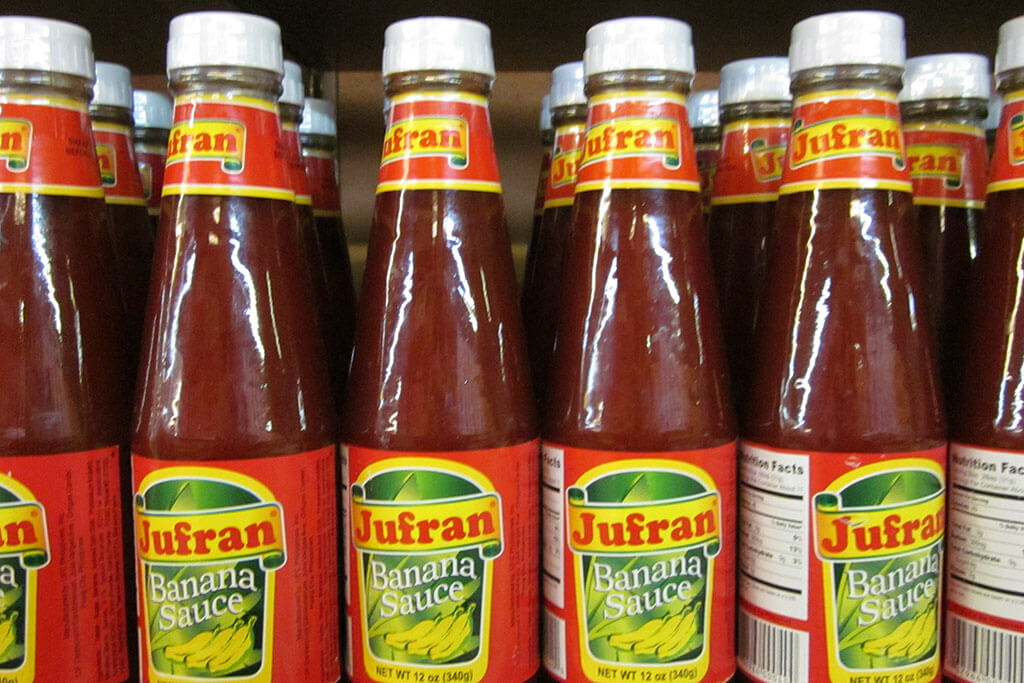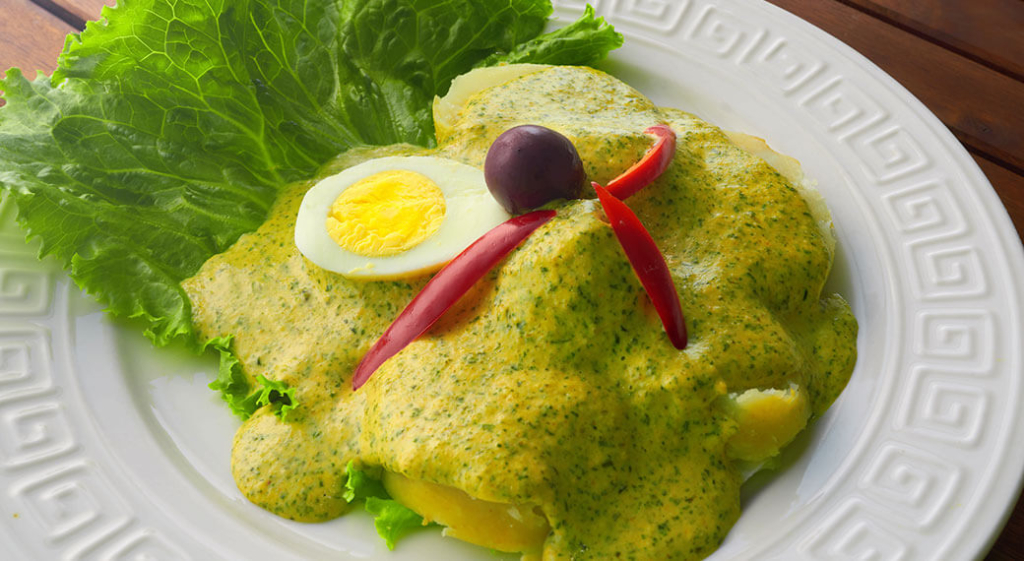There’s a wide world of condiments out there and they all have their own story to tell. Today, we will show you five of our favorite condiment picks that are lesser known in the United States. It wouldn’t surprise us if you add at least one of them to your regular menu.
Banana Ketchup
Little known fact, but banana ketchup is a true taste of imperial resistance. Banana ketchup is very popular in the Philippines and has started convincing flavor palettes all over the world of its sweet charm.

© BrokenSphere / Wikimedia Commons
Banana ketchup was born out of necessity from the brilliant mind of chemist Maria Ylagan Orosa. She wanted the Phillippines to be a sustainable nation. Maria Orosa took her expert-level chemistry knowledge and used it to fight colonial control and foreign imports.
Her credits are immence and formidable. They include smuggling food into WW2 prison camps, boosting the Philippine’s food supply while promoting the use of indigenous ingredients, exporting canned goods and creating 700 economy-boosting recipes. Many people still enjoy these recipes on a daily basis, in and out of the home.
One such recipe was banana ketchup. Unlike tomatoes, bananas are plentiful in the Philippines. Using the resources available, Maria Orosa created a mixture of mashed saba bananas, brown sugar, vinegar, and spices for a condiment that did not need to be imported. Today, banana ketchup is popular as ever and gaining traction.
Manneken Pis Wietsaus
Let’s address the elephant in the room: Yes, Manneken Pis Wietsaus is Dutch for “little man pissing weed sauce.” And yes, that is not the image people typically conjure up when choosing a creamy, dense, and savory condiment for French fries. But there’s a good reason for the name!
Manneken Pis, the Netherland’s hugely popular fry chain, takes its name from the Belgian bronze fountain sculpture of a cherub-like boy peeing. Designed in the late 1300s, this little statue in Brussels has stood the test of time having survived wars, bombings, theft, vandalism, and being thrown into the Charleroi Canal. This highly prized sculpture has a rich history, therefore, borrowing its name isn’t for a low-brow gag but out of admiration for its ability to persevere through time.
Manneken Pis were the first to introduce “weed sauce” to the mass market and the reception has been excellent. Wietsaus is a cannabis-flavored mayonnaise. While there isn’t any actual THC in the condiment, food scientists infused the taste and smell of cannabis brilliantly. Company head, Albert van Beek, was reportedly inspired to make this flavor combination back in 2013 because of the strong weed smell on the streets of Amsterdam. Taking flavor inspiration from the smell of city streets was a risk that paid off.
Ocopa Sauce
For authentic Andean flavor, it’s time we turned to ocopa. This sauce is a traditional Peruvian recipe that hails from the city of Arequipa, an enchanting land dominated by volcanoes.
The main ingredients of ocopa are huacatay (Peruvian black mint), along with aji mirasol/amarillo (spicy peppers) and mani (peanuts). The other ingredients are a bit more flexible depending on the variation, and include evaporated milk, animal crackers, soda crackers, onions, garlic, and queso fresco.
Once prepared, ocopa is most often served on top of potato dishes. Ocopa has an interesting complimentary quality; people enjoy it served hot over cold dishes or served cold over hot dishes, although no rules apply. As shown at the top of this page, its vibrant green or yellow hue adds a blast of color, completing a dish’s presentation.
While some people prefer a food processor, others enjoy preparing ocopa with the traditional stone mortar. Chefs and connoisseurs believe that mixing via a stone mortar improves the taste and texture of the dish because it is more effective at releasing flavors for a fresher taste and zingier zing. We’ll have to try it both ways to find out.
5 Robots Serve Up the Future! »
Tucupi
Tucupi is a sauce that originated in the Brazilian state of Amazonas. You will most often see this condiment paired with fish, duck, or used as a soup base.

As seen on the photo above, this sauce has a yellow color from the manioc plant (also regionally recognized as cassava and yuca.) Tucupi is prepared by peeling, grating, and juicing wild manioc root. It’s a lengthy process because there is one dangerous ingredient that needs to removed from the juice — cyanide. This toxin is also found in everyday foods such as spinach, almonds, tapioca, and soy.
Whether ingested accidentally or historically taken in pill form during extreme spy circumstances, cyanide shuts down the body. This happens because cyanide prevents cells from using oxygen, effectively suffocating them. Therefore, to remove the toxins out of the manioc root, it must be boiled for 3-5 days.
Despite being a relatively slow process, the time spent to cook the cyanide out of the sauce is well worth it. Once the tucupi is safe to consume, it can be used on its own or added into sauces. Some common ingredients that work well in a tucupi-based sauce include basil, chicory, and salt.
Colatura di Alici
In Italian, colatura di alici translates into “anchovy drippings.” Amazingly, these modern anchovy drippings share some characteristics with the Ancient Roman’s garum.
For the Ancient Romans, garum, a recipe of fish and herbs layered between salt, was a treat to behold. The Ancient Romans placed their fish in casks and left them to ferment in the hot Italian sun.
Colatura, garem’s cousin, uses a very similar process. This condiment is created by layering anchovies and salt in wooden barrels. Next, the barrels are left to ferment in a temperature-controlled environment. While enduring the fermentation process, the anchovies release a liquid that will continue to age before bottling.
Colatura is oily and salty with a strong and rich umami flavor, lending itself well to a large number of savory dishes. To eat like an Ancient Roman, try colatura di alici on pasta, grilled vegetables, steak, pork or fish.



